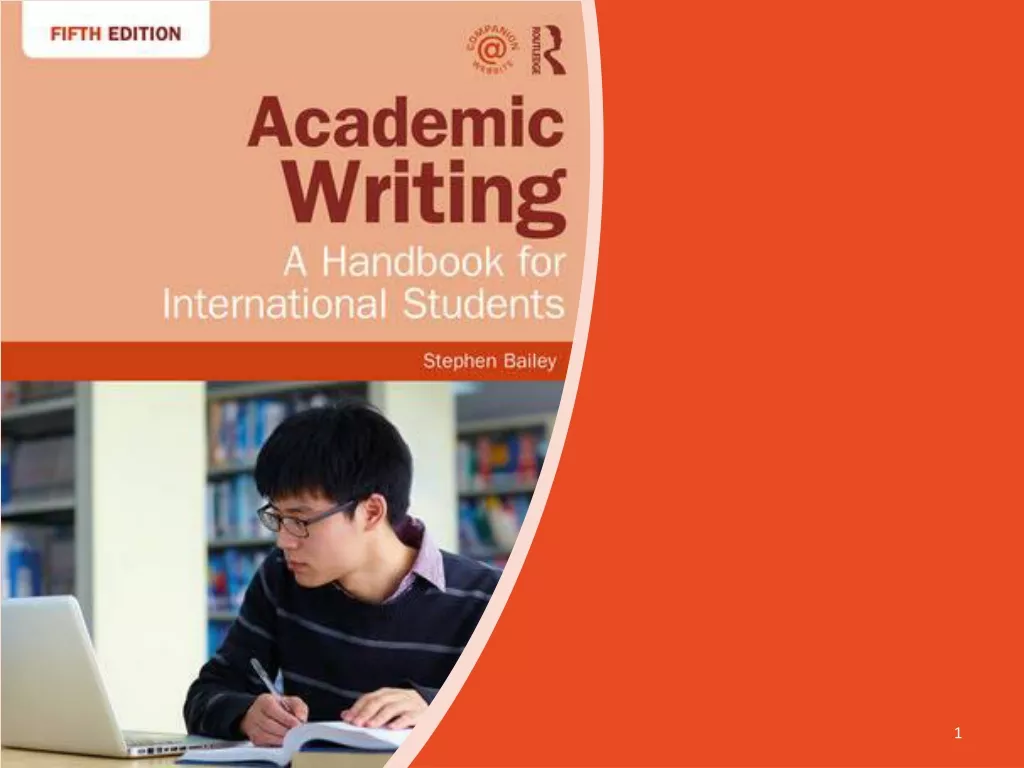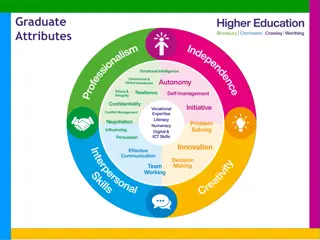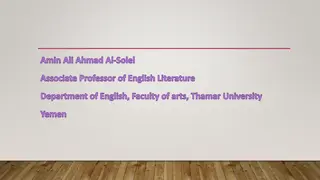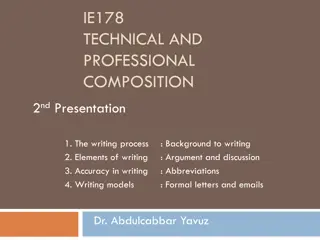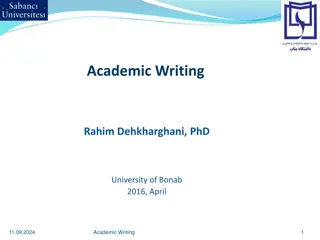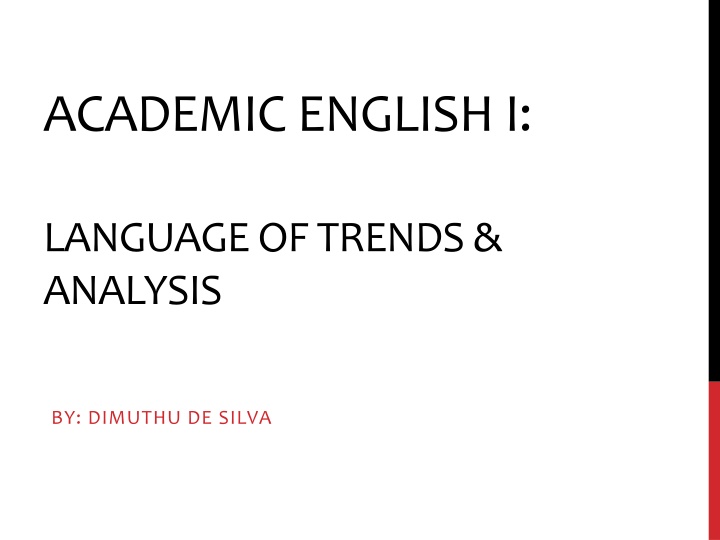
Academic English and Writing: Trends, Characteristics, and Analysis
Explore the essence of academic writing, its usage, characteristics, structure, and the language of analysis in the academic domain. Discover the language nuances and strategies for effective communication in academic writing.
Download Presentation

Please find below an Image/Link to download the presentation.
The content on the website is provided AS IS for your information and personal use only. It may not be sold, licensed, or shared on other websites without obtaining consent from the author. If you encounter any issues during the download, it is possible that the publisher has removed the file from their server.
You are allowed to download the files provided on this website for personal or commercial use, subject to the condition that they are used lawfully. All files are the property of their respective owners.
The content on the website is provided AS IS for your information and personal use only. It may not be sold, licensed, or shared on other websites without obtaining consent from the author.
E N D
Presentation Transcript
ACADEMIC ENGLISH I: LANGUAGE OF TRENDS & ANALYSIS BY: DIMUTHU DE SILVA
WHAT IS ACADEMIC ENGLISH AND WRITING? A broad definition of academic writing is any writing done to fulfill a requirement of a college or university. Academic writing is also used for publications that are read by teacher and researchers or presented at conferences. A very broad definition of academic writing could include any writing assignment given in an academic setting.
WHERE IS ACADEMIC WRITING USED? Academic writing is used mainly in: Books and book reports Translations Research Papers Conference Papers Academic Journals Dissertations and Theses Abstract Explications
CHARACTERISTICS OF ACADEMIC WRITING Academic writing needs to have a proper Plan Outline Tone Language Point of View Approach
STRUCTURE Structure of a piece of writing will have: An introduction A Body A Conclusion
LANGUAGE OF ANALYSIS Defining meaning through Discourse: Adding something Moreover; In addition; Additionally; Further; Further to this; Also; Besides; What is more. Initial position Making a contrast between two separate things, people, ideas, etc. However; On the other hand; In contrast; Yet. Initial position Making an unexpected contrast (concession) Although; Even though; Despite the fact that; In spite of the fact that; Regardless of the fact that. Initial position Starts a second/ subordinate clause
LANGUAGE OF ANALYSIS Saying why something is the case Because; Since; As; Insofar as. Initial position Starts a second/ subordinate clause Saying what the result of something is Therefore; Consequently; In consequence; As a result; Accordingly; Hence; Thus; For this reason; Because of this. Initial position Expressing a condition If; In the event of; As long as...; So long as...; Provided that...; Assuming that...; Given that.... Initial position Starts a second/ subordinate clause Making what you say stronger On the contrary; As a matter of fact; In fact; Indeed. position Initial
DESCRIBING TRENDS A trend is the overall idea of the graph. A trend tells what is happening/what happened the main change over time the most noticeable thing about the graph the pattern over time the pattern for different places or groups or people.
ACTIVITY: DESCRIBING TRENDS Be constant Go down Expansion Push down Growth reduction Soar stay at Stability Collapse Climb Fall Extension Level off Improvement Shoot up Rise Stand at Stagnation Cut
ACTIVITY: DESCRIBING TRENDS increase decrease maintain Increment decrement stay at raise drop keep rise drop reach a peak step up cut grow decline remain stable expand go down expand fall improve
PIE CHARTS Single Pie Chart Paragraph 1 Describe what sort of chart it is and what it is about. Paragraph 2 Describe the sections of the graph starting with the biggest and working your way down. Paragraph 3 A short conclusion giving an overall view of what the chart is about. At this this stage if two charts are being discussed compare and contrast differences
PIE CHARTS Percentage Fraction 80% four-fifths 75% three-quarters 70% seven in ten 65% two-thirds 60% three-fifths 55% more than half 50% half 45% more than two fifths 40% two-fifths 35% more than a third 30% less than a third 25% a quarter 20% a fifth 15% less than a fifth 10% one in ten 5% one in twenty
EXPRESSING APPROXIMATIONS We use words to express approximation when the point we are trying to describe is between milestones on the graph. Well over Just under Well under Just over Roughly Nearly Approximately Around About

